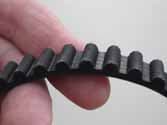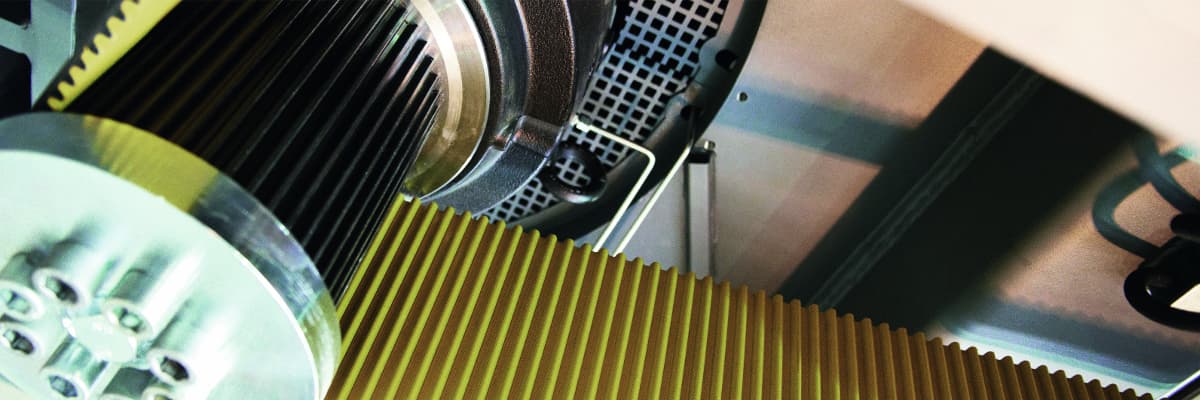Timing Belts – Procedure for Belt Identification
What timing belt do I have? We have prepared a guide to identify timing belts. Marking on a broken belt is not always visible.
Following Steps
- Step 2 – What Is the Material of the Timing Belt? Rubber or Plastic?
- Step 3 – What Is the Timing Belt Type and Pitch?
- Step 4 – What is the Timing Belt Length? Timing Belt Length = Number of Teeth!
- Step 5 – What is the Timing Belt Width?
- More Tips for Timing Belt Identification
Previous Step
- Step 1 – What Sort of Belt Do You Have?
Do You Need a New Timing Belt?
Order your timing belt right in our eshop!
Step 2
What Is the Material of the Timing Belt? Rubber or Plastic?



Step 3
What Is the Timing Belt Type and Pitch?






The Most Common Belt Types according to Pitch
- HTD: 3M, 5M, 8M, 14M
- STD: S3M, S5M, S8M, S14M
- Inch Sizes: MXL, XL, L, H, XH, XXH
- Polyurethane: T, AT
Step 4
What is the Timing Belt Length? Timing Belt Length = Number of Teeth!





Step 5
What is the Timing Belt Width?


More Tips for Timing Belt Identification










Does Timing Belt Damage or Breakage Happen Again and Again?
It is necessary to remove the belt and determine its fault! Use our unique troubleshoot guide. You can find there main potential causes of drive belt failure that are possibly damaging your belt, shortening its lifespan, etc. Simultaneously, there are instructions on how such problems may be solved.



